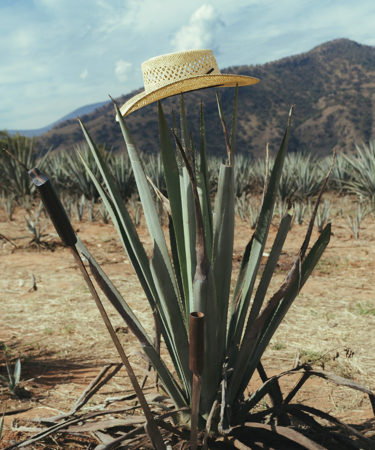Tequila can be a night saver. If you’re a Lesser Long-nosed Bat, however, it can be a species saver (and congratulations on learning to read if you’re a bat, by the way).
That’s because tequila producers are partly responsible for bringing the Lesser Long-nosed Bat population from less than 1,000 in 1988, to more than 200,000 today, according to the U.S. Fish and Wildlife Service.
The agency states that the tequila industry’s bat-friendly growing practices are “contributing to conservation of the species” in their December report. Alcohol distillers weren’t exactly in their 1994 game plan for Lesser Long-nosed Bat population recovery, but never doubt the power of tequila.
Agave is already paving the way to global warming resistant plants, so there’s no reason it can’t also help endangered animal species trying to echolocate their way to a better life.
Agave provides food for the bat every year as it travels from Mexico to the Sonoran Desert in the southwestern United States. Several factors such as land development, invasive grasses, and early harvesting of wild agave before it bloomed disrupted how the bats ate during migration. Where humans disrupt, a thirst for tequila can help. Agave was planted and grown in a way that bats could feed off of the plants, which helped the bats recover as a species.
The Lesser Long-nosed Bat will be the first bat taken off the federal endangered species list. It was taken off of Mexico’s list in 2015. Keep the tequila flowing and it might just make bat history, if a Great Wall doesn’t get in the way.
